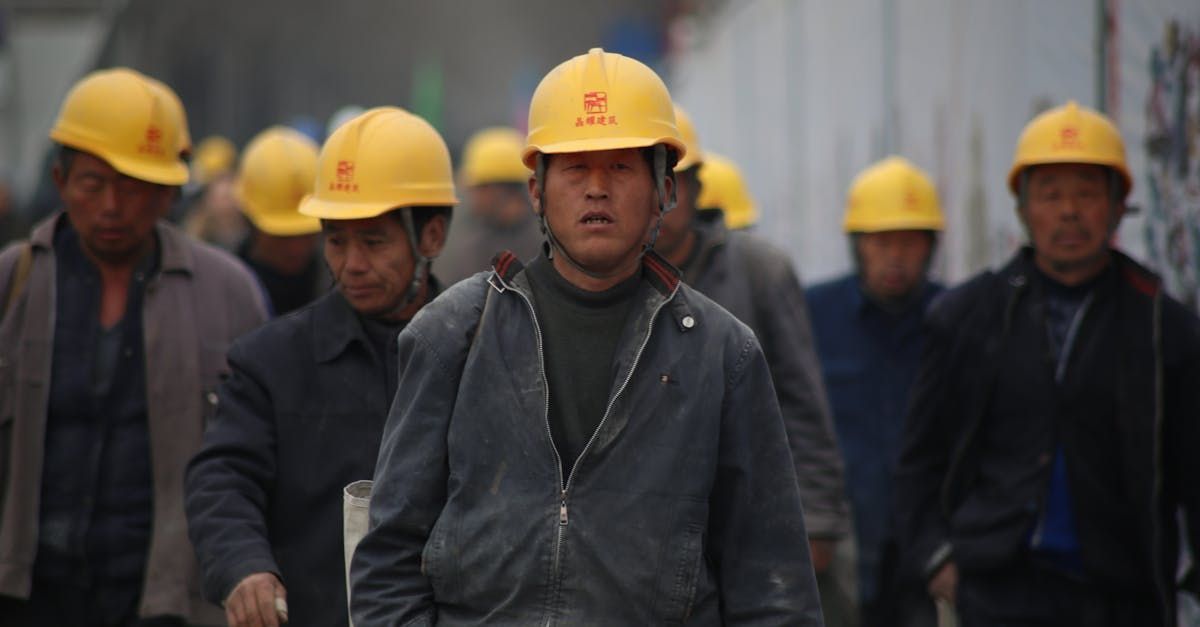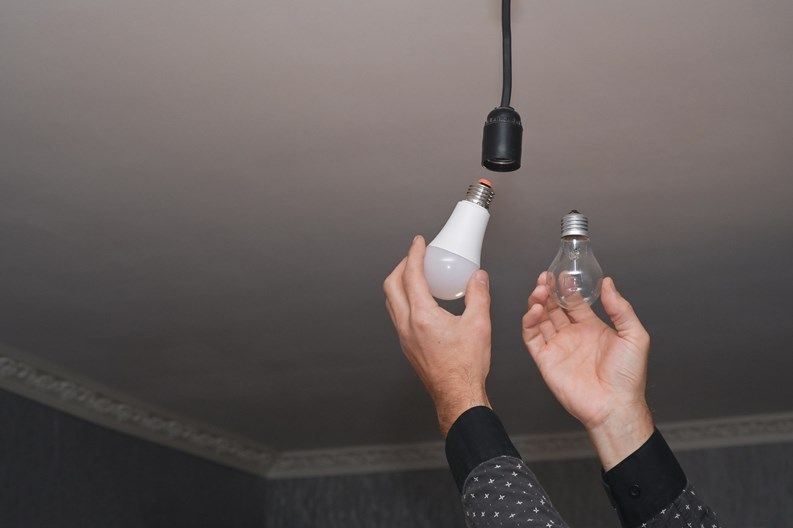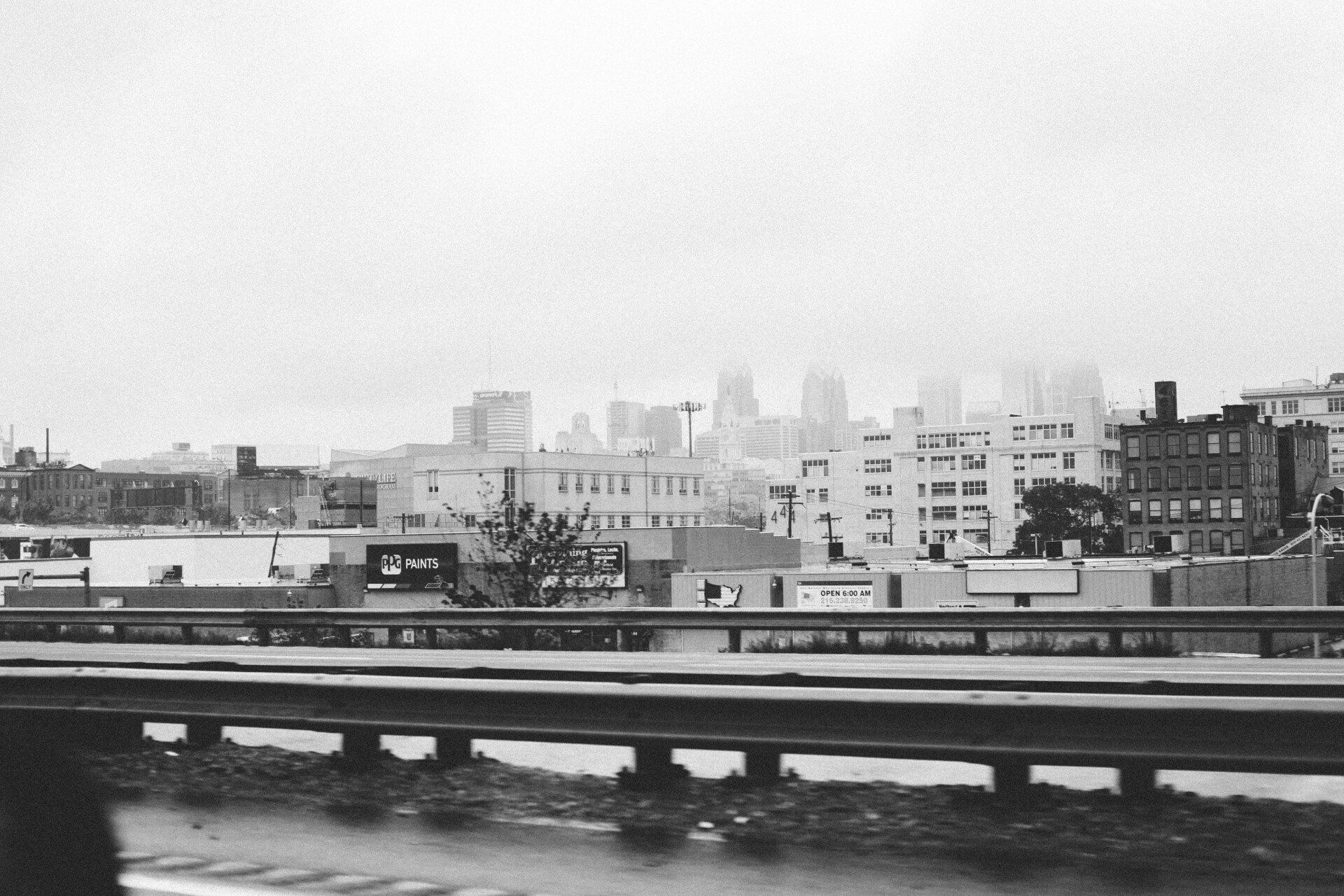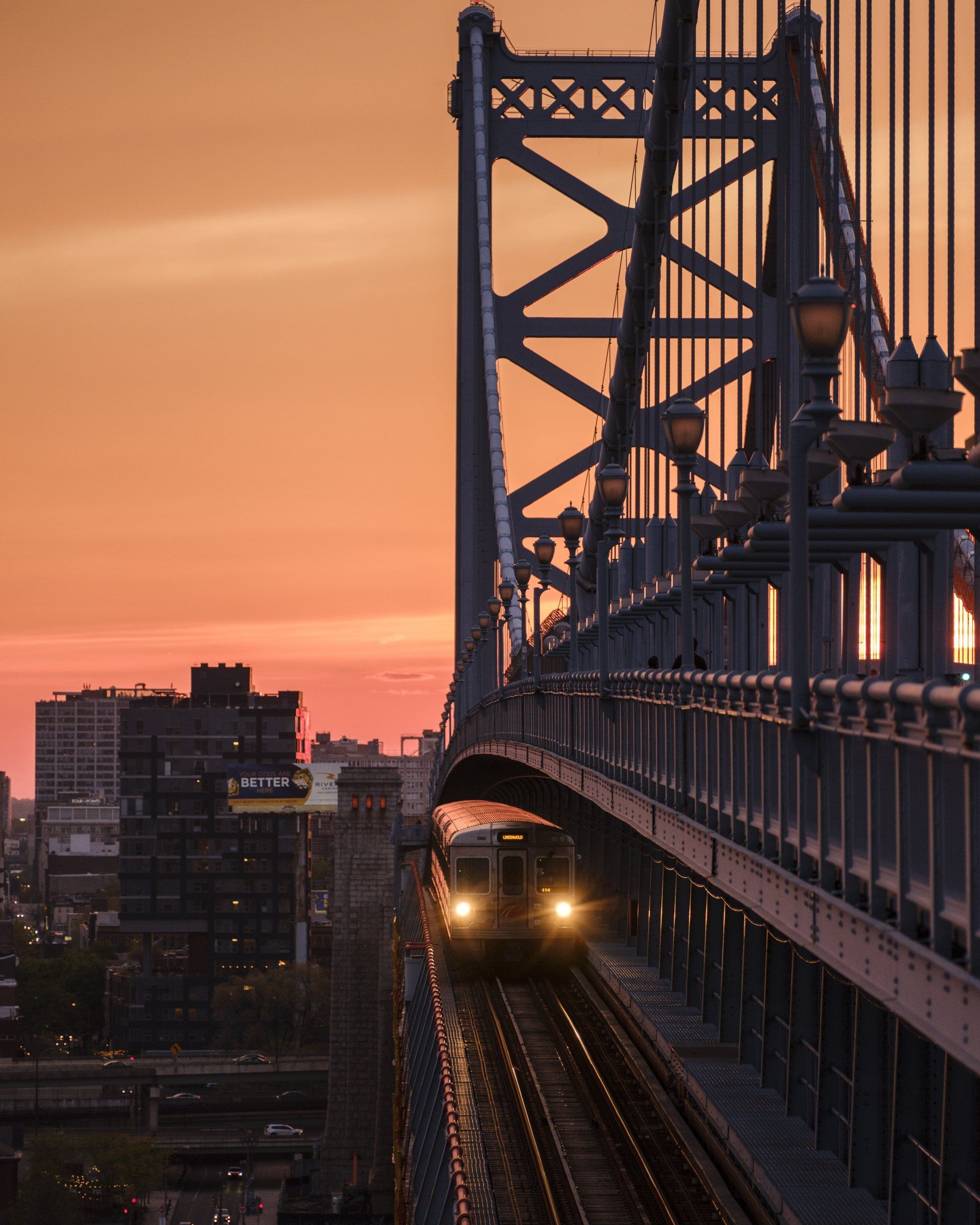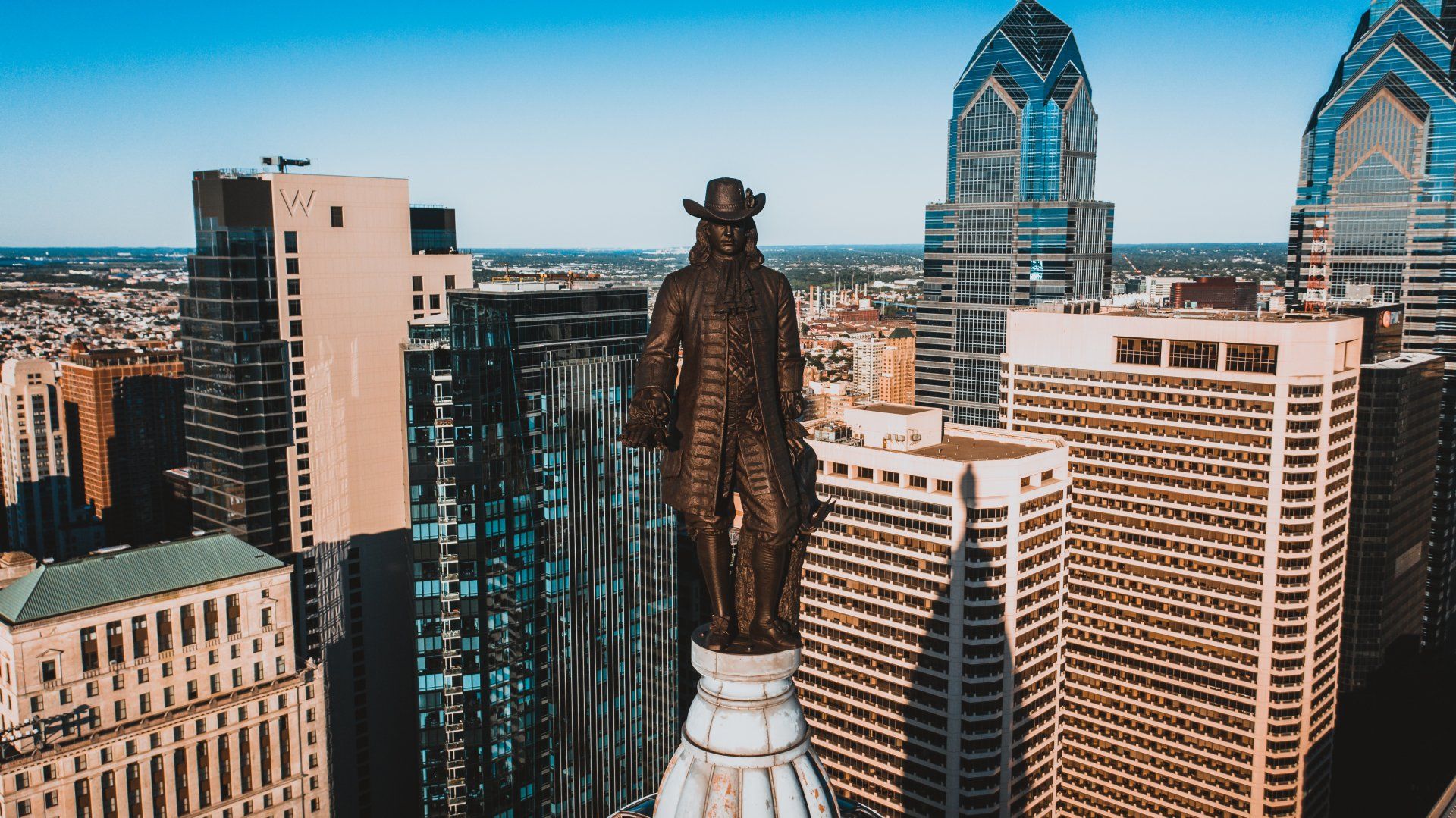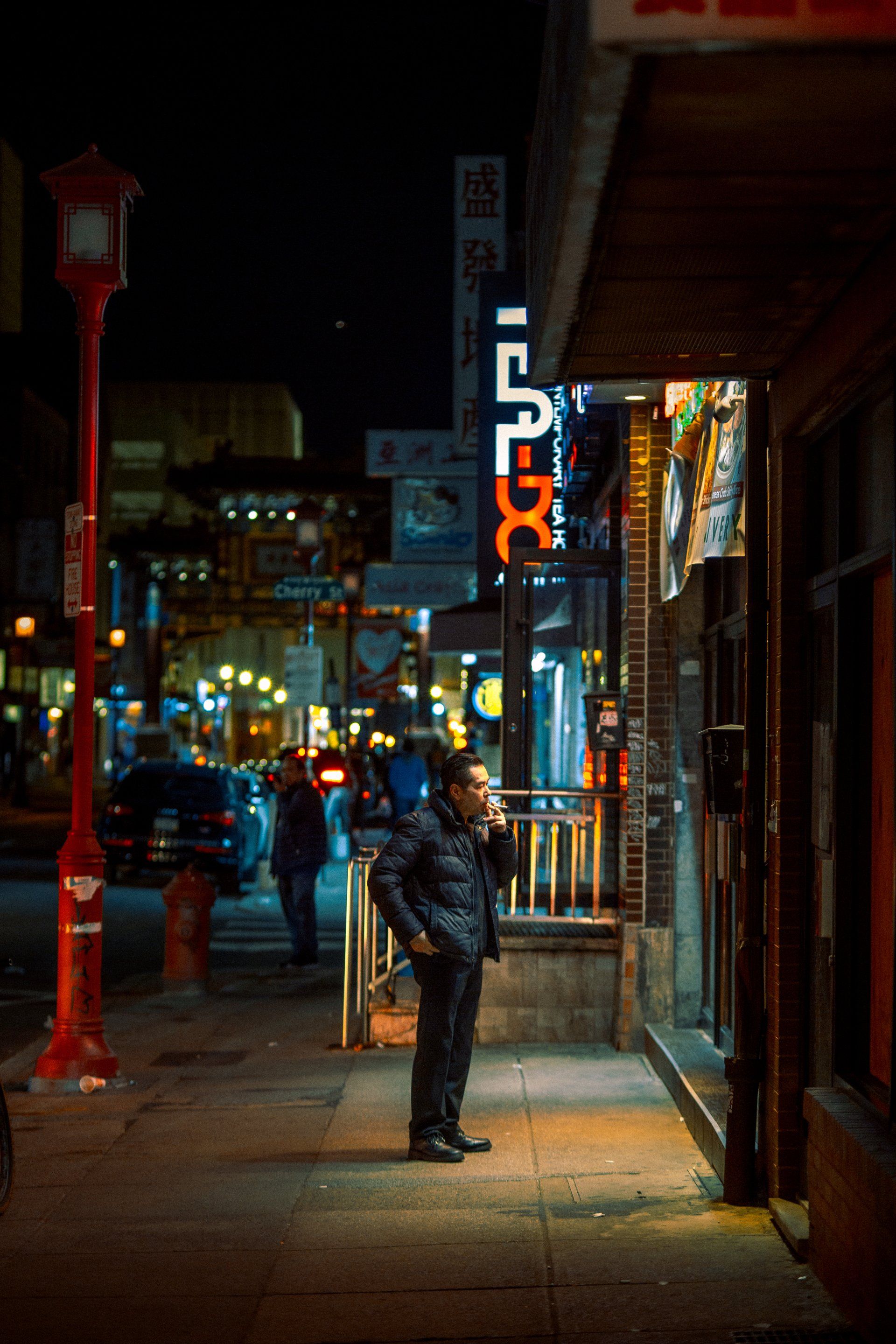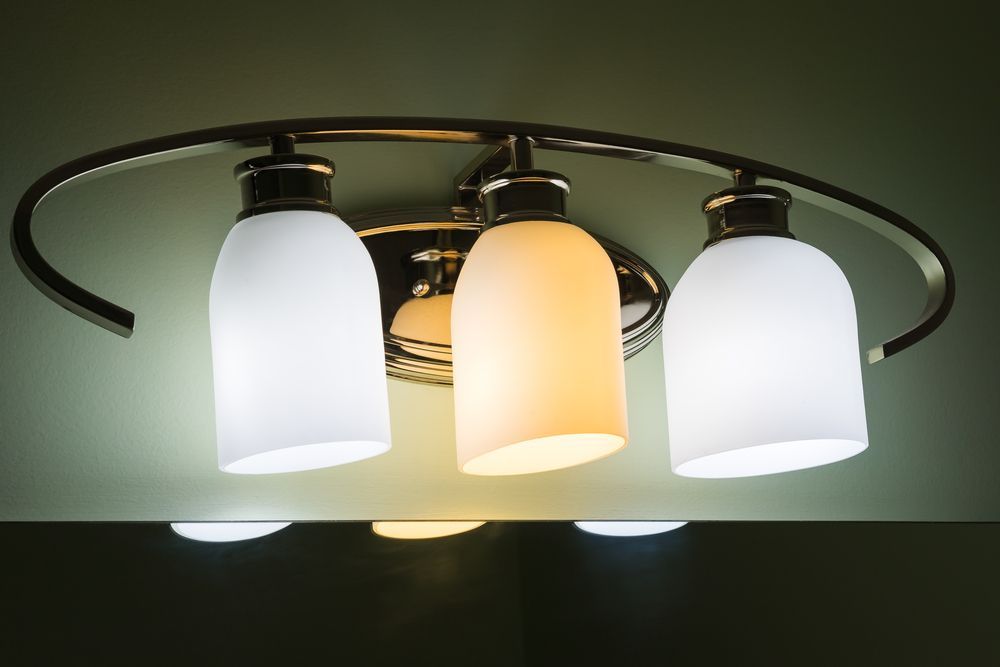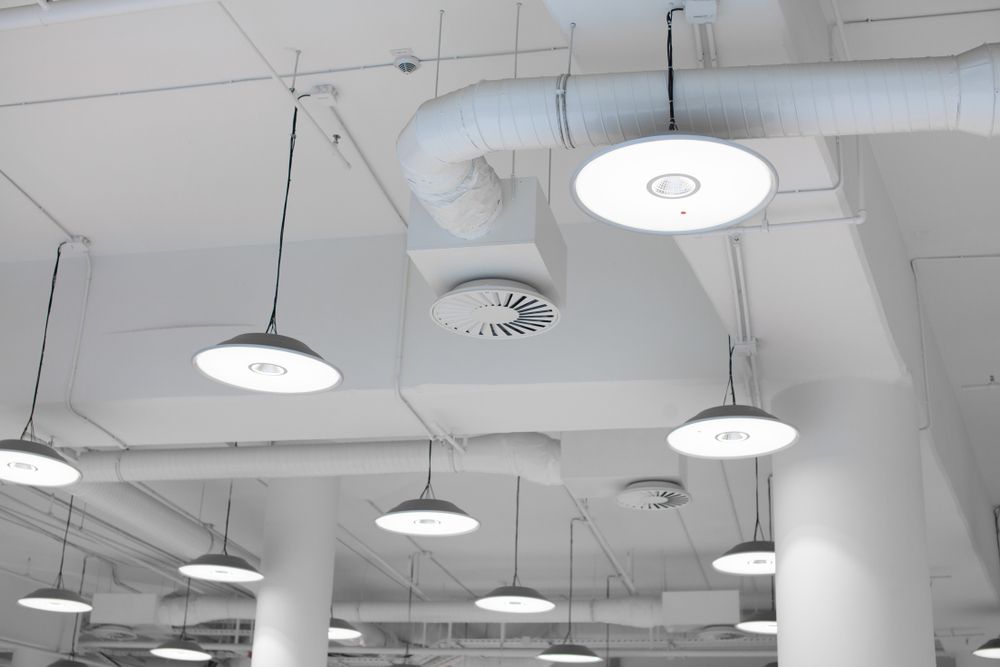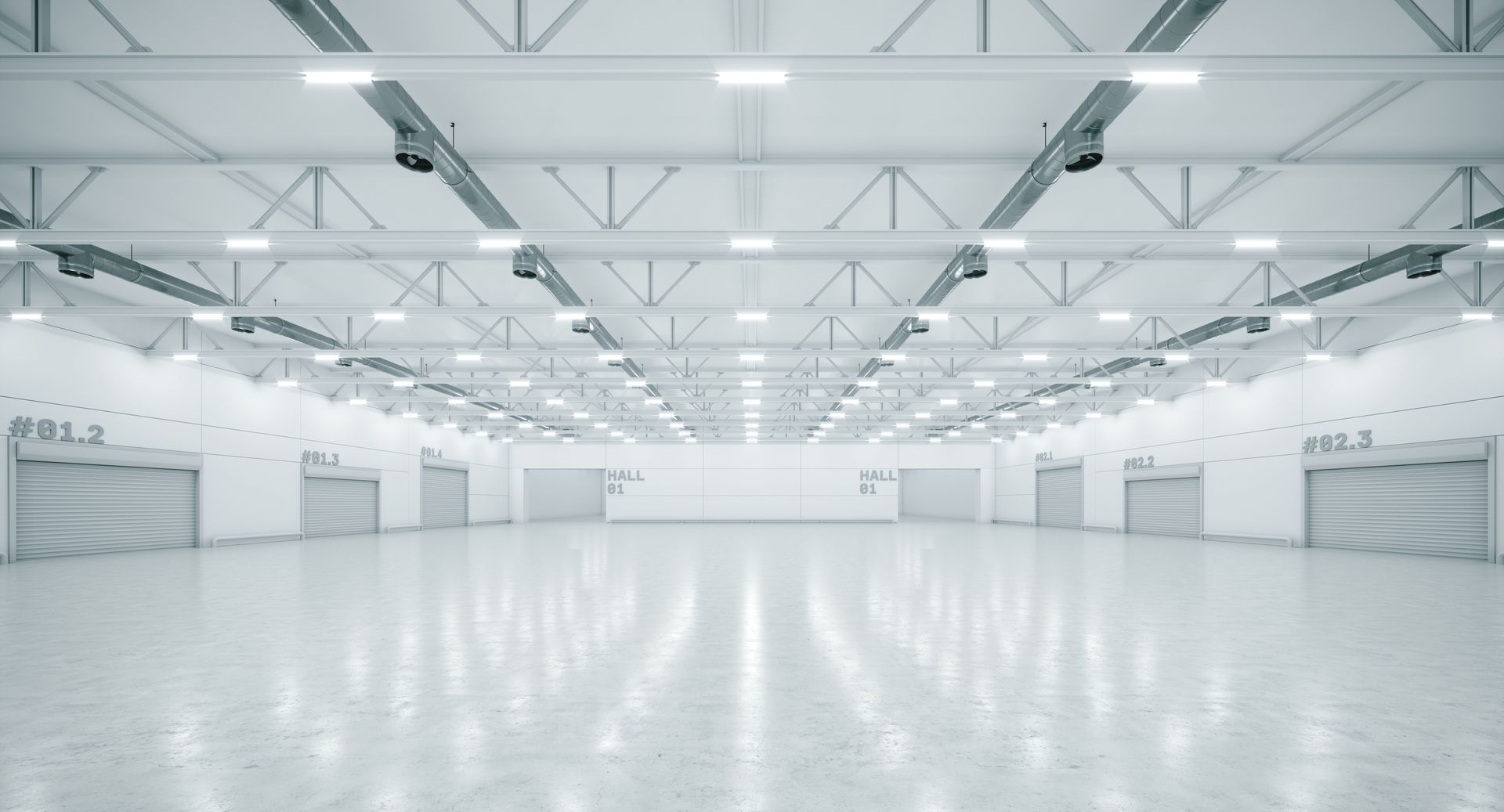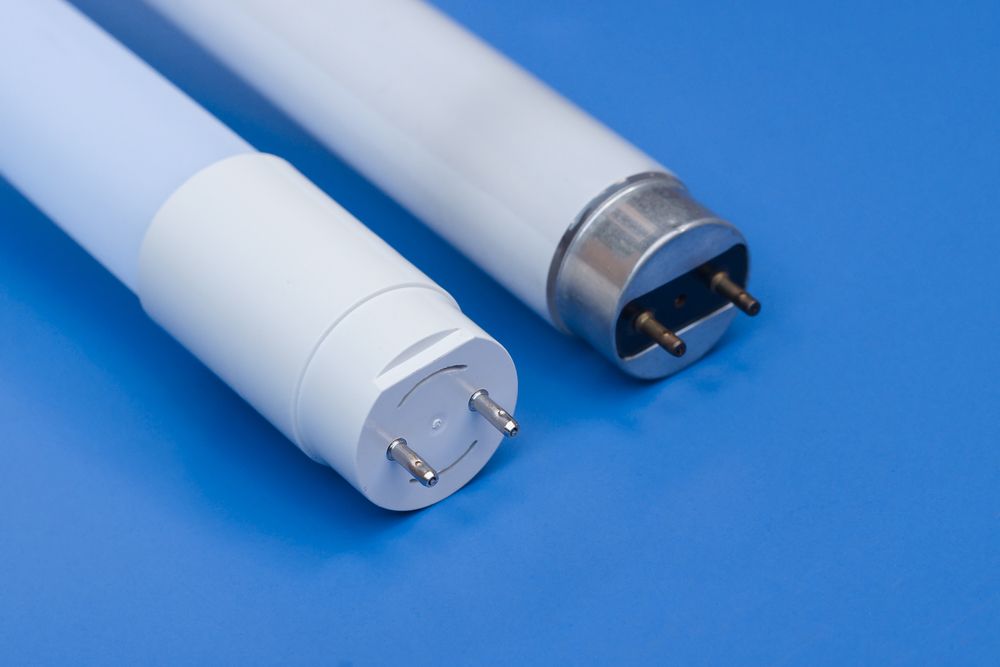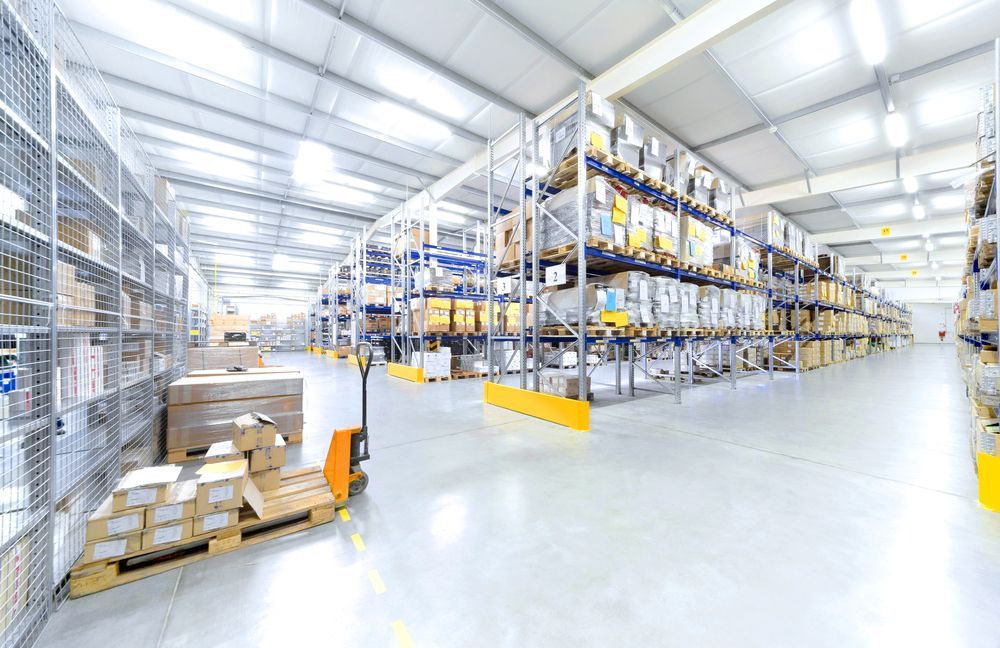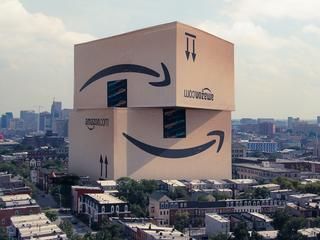Philadelphia's Largest Energy Conservation Initiative EVER!!!
Philadelphia has launched its largest energy conservation project, aiming to replace all old streetlights with new LED ones. Since August, city crews have been systematically replacing high-pressure sodium lights with LEDs, a change expected to significantly reduce energy costs and greenhouse gas emissions, comparable to removing over 2,000 cars from the road annually. While research suggests benefits such as reduced crime and improved traffic safety, concerns remain about the brighter, bluer light potentially causing nuisance, health issues, or light pollution.
The Philadelphia Streetlight Improvement Project
The Philadelphia Streetlight Improvement Project will upgrade 130,000 high-pressure sodium streetlights across the city with brighter, more energy-efficient, and longer-lasting LED lights. It will also incorporate a lighting management system to provide real-time data on outages for faster replacements and a "smart" system for easier dimming, brightening, and adjustments. After a decade of planning, the Streets Department and OTIS aim to modernize the lighting system to match other cities and capitalize on energy and maintenance savings. The upfront cost of $91 million will be offset by saving $8 million annually, paying back the investment in ten years. This upgrade will reduce the city's carbon emissions by 9% annually, equivalent to the emissions of 1,000 homes. Additionally, the project prioritizes local, minority, and women-owned businesses for contracts and aims to enhance safety in areas with high gun violence and road fatalities by improving lighting.
Differences Between LED and High-Pressure Sodium Lights
Philadelphia's new LED lights will be more durable and energy-efficient than the traditional high-pressure sodium lights, offering a cooler, brighter color. Quick facts about the selected LEDs:
- LEDs use 50% less energy than the current lights.
- LEDs have a color temperature of 3,000 Kelvin, compared to the warmer 2,200-2,400 Kelvin of current streetlights.
- The brightness of LEDs will vary, being brighter in areas with increased gun violence.
- Though initially more expensive, the energy efficiency of LEDs will ensure the upgrade pays for itself in 10 years.
- LEDs can connect to a smart lighting management system for better control, unlike the current lights.
Impact on Crime Reduction
Studies suggest that street lighting can reduce certain crimes, particularly property crimes, but not necessarily violent crimes. A 2022 review by criminology professor Brandon Welsh and his team found a 14% drop in crime in well-lit areas, especially in property crimes, with no significant effect on violent crimes. Improved lighting can prevent break-ins and car thefts, but its impact on gun violence is debatable. Bill McGeeney from the Pennsylvania Outdoor Lighting Council notes that brighter lights may enhance the feeling of safety. He also references a U.K. study indicating that dimming or turning off lights at night can save energy without increasing crime. Researchers at the University of Pennsylvania will review the new lighting's effects on crime and traffic after the installations are completed.
Impact on Traffic Safety
According to the FHWA, while fatal crashes occur equally during the day and night, nighttime driving is three times deadlier due to fewer drivers on the road. Half of all fatal crashes happen at night, attributed to factors like drunken, tired, and faster driving, says Erick Guerra, a transportation planning expert at the University of Pennsylvania. Research indicates that street lighting can reduce nighttime pedestrian injuries and intersection crashes by about 40%. Although lighting can't mitigate impaired driving, studies over the last 20 years show it can lessen the frequency and severity of nighttime crashes.
Addressing Light Pollution
Shining light in dark places at night inevitably causes light pollution, including streetlights. Light pollution disrupts the natural day-night cycle crucial for humans, wildlife, and ecosystems. Birds, for instance, become disoriented by city lights during migration, leading to fatal building crashes. In Philadelphia, conservationists organized Lights Out Philly to reduce mass bird deaths by turning off or blocking lights during migration seasons. For humans, excessive artificial light disrupts circadian rhythms, affecting sleep and increasing the risk of health issues. Light pollution also hinders the ability to see the night sky, with two-thirds of the U.S. having lost the ability to observe the Milky Way with the naked eye.
Philadelphia's Approach to Light Pollution
Philadelphia's streetlight upgrade aims to balance energy efficiency and light pollution concerns. Through community input, sampling various lighting fixtures, and following industry best practices like those from DarkSky International, the city believes it has found an optimal solution. The new streetlights will use DarkSky-compliant fixtures to minimize uplight and focus light downward. The selected LEDs have a color temperature of 3,000 Kelvin, just meeting DarkSky's recommendations, though some experts prefer warmer lights closer to 2,700 Kelvin. The new LEDs will be brighter in many areas, especially where higher instances of nighttime crime and vehicle crashes occur. The city plans to continually improve and welcomes feedback. LEDs offer remarkable energy efficiency and control, allowing for light to be used only where and when needed. For instance, lights could be boosted during rush hour and reduced or turned off between 2 a.m. and 5 a.m. when most businesses are closed and people are asleep.
